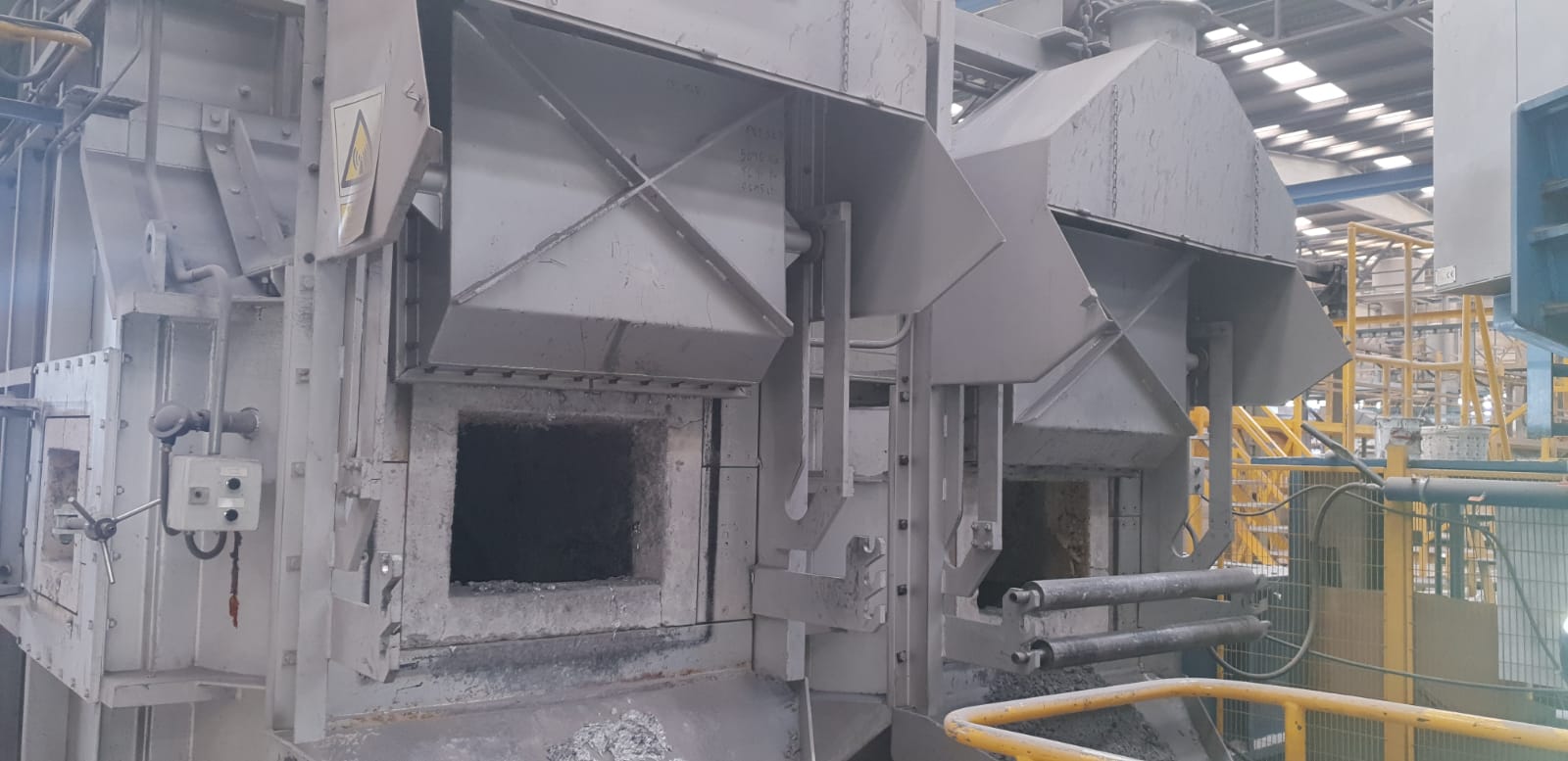Aluminum is one of the most widely used metals and also one of the most frequently found in compounds in the Earth’s crust. Its application in construction currently represents the largest market in the aluminum industry. Thousands of houses use aluminum in doors, locks, windows, screens, nozzles and drainage channels.
Aluminum is also one of the most important products in industrial construction. Transportation constitutes the second major market. Many commercial and military aircraft are made almost entirely of aluminum. In automobiles, aluminum appears in interiors and exteriors such as trim, grilles, tires (wheels), air conditioners, automatic transmissions, and some radiators, engine blocks, and body panels. It is also found in bodies, rapid rail transport, formed wheels for trucks, wagons, cargo containers and road signs, lane division and lighting. In the aerospace industry, aluminum is also found in airplane engines, structures, covers and landing gear, and interiors; often about 80% of the aircraft’s weight is aluminum. The food packaging industry is a rapidly growing market.
Aluminum is amphoteric and can react with mineral acids to form soluble salts with the evolution of hydrogen.
Molten aluminum can react explosively with water. Molten metal should not come into contact with tools or wet containers.
Due to its physical, chemical and metallurgical properties, aluminum has become the most widely used non-ferrous metal.
Aluminum is the most abundant metallic element on Earth, but it is never found in free form in nature. It is widely distributed in plants and in almost all rocks, especially igneous rocks, which contain aluminum in the form of aluminosilicate minerals. When these minerals dissolve, depending on the chemical conditions, it is possible to precipitate aluminum in the form of mineral clays, aluminum hydroxides, or both. Under these conditions, bauxites are formed, which serve as a fundamental raw material in the production of aluminum.
Aluminum alloys are light, strong, and easily formed for many metalworking processes; They are easy to assemble, cast or machine and accept a wide variety of finishes.


